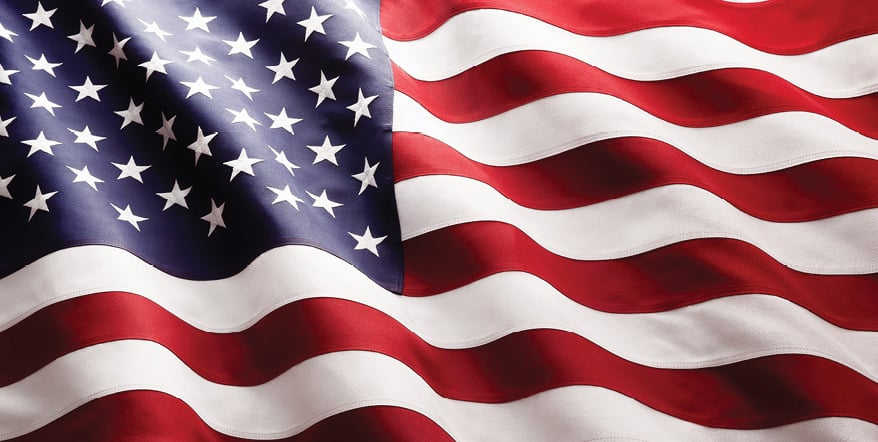The 4th of July in 2025 marks the 249th birthday of the United States of America! Since the beginning, the 4th of July has represented the day the U.S. gained independence from Britain and created the aptly named Declaration of Independence. In honor of Independence Day, here are a few popular and a few lesser-known facts about one of the most important documents in United States History.
It Has A Lot of Signatures
The Declaration of Independence was signed by 56 delegates representing the original 13 colonies.
It Wasn’t Signed on July 4th
The 4th of July is widely thought to be the day the Declaration of Independence was signed. In actuality, while it was drafted in July, it wasn’t signed until August 2nd, roughly a month later. The time in between was spent sending copies to the signing delegates and making changes to the document as needed. Plus, each signer had to travel a long way to add their official signature.
So why do we celebrate it on the 4th of July? Because the 4th of July was the day the Continental Congress decided to officially push for independence.
Copies of The Declaration of Independence Are Hard to Come By
The Declaration was printed by famed printer John Dunlap and sent to the aforementioned delegates. These copies are called the Dunlap Broadsides and are exceedingly rare in modern times. So much so, that the last one that went to auction, back in 2000, was sold for 8 million dollars.
That said, you can see one of the originals of The Declaration of Independence in the National Archives in D.C.
There’s a Message on The Back of The Declaration
While more than a few movies and books have been made about a secret treasure map on the back of the Declaration, the truth is a bit more grounded. The back of the historical document simply reads,
“Original Declaration of Independence dated July 4th 1776”
Remember, the delegates who received copies made suggested edits, plus the copies were sent to various colonies, making it even more important that the original draft be preserved.
The Second Time The Declaration Was Read In Public, It Caused A Riot
On July 9th, Founding Father George Washington read the Declaration of Independence to a crowd of supporters. In response, they tore down a statue of the then-British king and used it to make supplies for the coming revolution. The first time the Declaration was read to the public happened on July 8th, the day before, by Colonel John Nixon, which sparked celebration but not nearly as much as Washington’s.
We’ve Grown A Lot Since 1776.
In total, the original 13 colonies that became the United States were home to a total of 2.5 million people. Now, the United States is home to 340 million Americans.
John Hancock Took Up Space
You’re probably familiar with the phrase, “Sign your John Hancock” as a way of asking for a signature. The origin comes from John Hancock, the first person to sign the Declaration of Independence. He chose to make a rather large signature, larger than anyone who signed after him. So. That’s one way to leave a legacy.
History Might be Different Had The King of England Listened to The Concerns of The Colonies
The original 13 colonies, increasingly upset with British rule, made numerous contracts with the King of England that he agreed to and later repeatedly broke. It was the constant breaking of these contracts that eventually led to the Declaration of Independence.
The Signers of the Declaration of Independence Risked Life and Limb
Make no mistake, the effort to gain independence was viewed as treason and had the Declaration been found by the wrong people before it was time, everyone who signed or played a part in it would’ve faced hefty jail time or worse.
The Takeaway
The United States has a long, complicated history. But one thing is for certain: without the Declaration of Independence, we wouldn’t be who we are today. This 4th of July is the perfect time to be thankful for the efforts, bravery, and determination of those who came before us. Happy birthday, United States!
